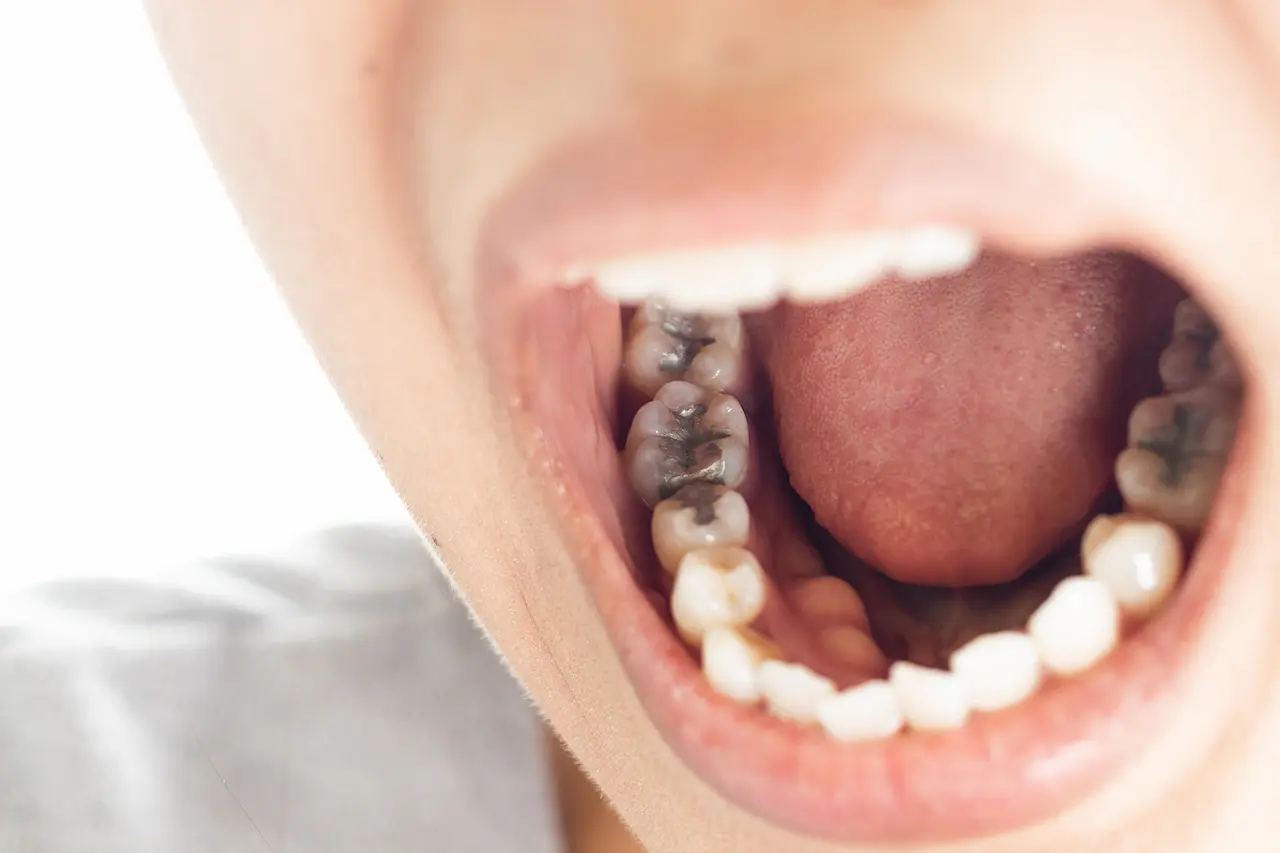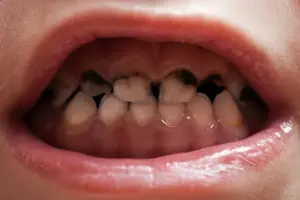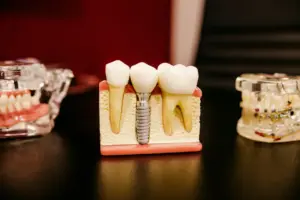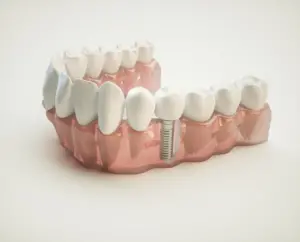The History of Dental Fillings
Table of Contents
ToggleIntroduction
Dental fillings are an essential part of modern dentistry, helping to repair teeth that have been damaged or decayed to restore their structural integrity and functionality. Dental fillings, which are usually made of amalgam, composite resin, porcelain, or gold, are usually placed after decayed tooth material has been removed. The afflicted region must be cleaned, and shaped to accept the filler material, and then the filling must be firmly bonded in place.
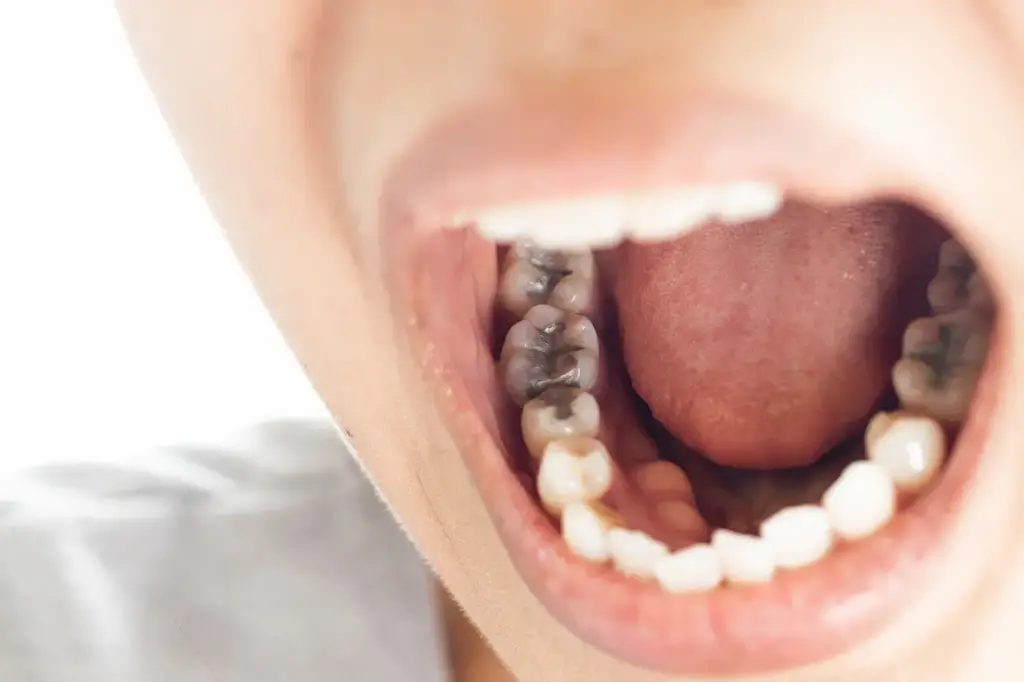
Dental fillings not only fix cavities but also problems including cracking, damaged enamel, and fractures in teeth. By securing sensitive regions against microorganisms and particles, they not only bring back the original appearance of the tooth but also stop further degradation. With advancements in dental technology and materials, patients now have a wide range of options to select from, taking cost, durability, and aesthetics into account. Nonetheless, the dentist’s recommendation, the degree of damage, and the demands of the patient often influence the filling material selection. Maintaining the lifetime of one’s natural teeth and achieving ideal oral health requires an understanding of the many types of dental fillings and their uses.
Early fillings
For thousands of years, people have used fillings. The oldest, which were found in a set of teeth in Pakistan, are about 10,000 years old. According to a recent finding, a young man in Italy had a filling made of beeswax. This discovery, which was unearthed in a cave, is thought to be approximately 6500 years old. Instead of eating, it is assumed that the man broke his tooth while utilizing it for duties, as was typical in that age.
In the 19th century (1801–1900), dental cavities were filled with a variety of metals. Tin, gold, and silver were among them. As the century went on, dental amalgams became more and more common. The amalgams were made of copper, tin, silver, and mercury; amalgams are by definition blends. In less than two decades, worries about mercury use emerged because of the material’s poor performance as a filler and its detrimental impacts on human health. Among these side effects were multiple sclerosis, cancer, and mercury poisoning.
Modern-Day Amalgam Fillings
The original mercury amalgam fillings caused so much concern that current fillings have been modified for safety. Although they still include mercury—often referred to as “silver fillings”—the quantity the body absorbs is reduced because of its chemical bonding with the other metals. Today’s fillings expose people to less mercury overall because of normal wear and tear than they do from the air, water, and food they consume daily.
Mercury is still utilized in fillings because it makes the material that is used to fix the tooth moldable. It is robust and resilient enough to withstand the strain of daily tasks. In addition to being very durable and usable in locations where other materials cannot, it is also reasonably priced when compared to other options. It takes less time at the dentist than other filling options because it is applied to the cavity quickly.
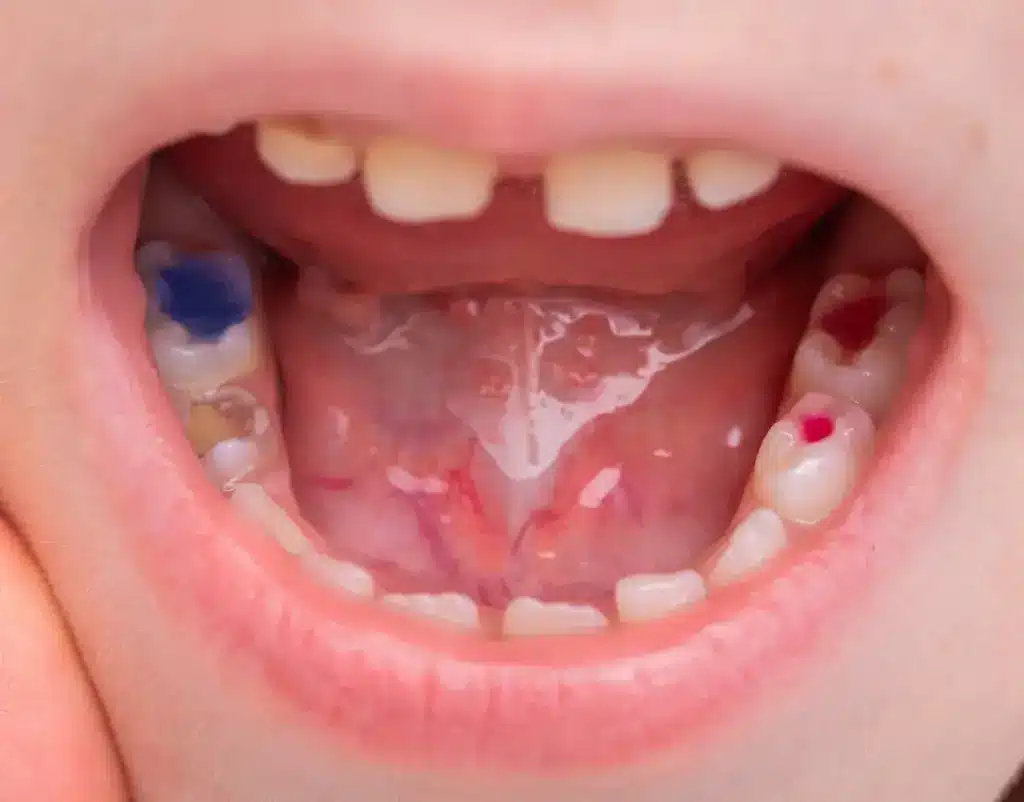
Filling Choices
You have three other options if you would rather not have an amalgam filling:
Porcelain
If a composite filling is not a realistic option for a tooth, porcelain fillings are a fantastic alternative because they mimic real teeth. However, they are more brittle than other materials. Because they are not placed directly on the tooth, they are referred to as indirect fillings. Rather, the tooth that needs to be restored is molded and shipped to a laboratory. After that, the lab either fabricates an inlay or a replacement tooth. Indirect fillings necessitate multiple dental appointments since the mold must be sent off.
Gold
Similar to porcelain fillings, gold fillings must be accomplished through multiple dental visits. Although they are the priciest alternative, they are also the most resilient and long-lasting.
Composite: White Filling
Typically, a composite filling is created by combining glass powder with acrylic resin. When positioned in a visible area, it can be color-matched to the existing teeth, allowing it to fit in with the grin. Because of this, the white filling is a desirable option for a natural appearance. After the tooth is ready, layers of the composite material are applied, and a special light is used to solidify them. After all the layers are finished, the resin is polished to ward off wear and stains and is ground to fit the tooth. Composite fillings work best in teeth that don’t receive the majority of your chewing force because they aren’t as powerful as metal fillings. The substance used in white fillings can restore up to 90% of the original strength of teeth that are a good fit for them.
The Dental Fillings Historical Timeline
4000 BCE: A young man’s 6000-year-old corpse was discovered in Trieste, Italy. It is believed that the beeswax found within one of his teeth is a dental filling. There is evidence of the usage of other materials for tooth fillings in other human remains that date back several millennia.
200 CE: It is reported that gold was utilized by the Etruscans in antiquity for crowns and dental fillings.
700 CE: The use of a silver paste amalgam is described in an old Chinese medicinal manual. This amalgam is believed to have been utilized for dental fillings.
1530 CE: The first official book on dentistry was published in Germany in 1530 CE. This book included information on techniques such as drilling, tooth extraction, gold filling placement, and more.
1746 CE: The idea of utilizing white enamel to simulate natural teeth for crowns and gold fillings was first conceived in 1746 CE.
1789 CE: A porcelain tooth manufacturing patent is granted in France.
1825 CE: For the following 100 years, the dental supply industry was dominated by a corporation established to manufacture porcelain teeth.
Mid-1800s CE: America introduces amalgam fillings in the middle of the 1800s CE. The promoters’ commercial methods caused criticism within a few years, which prevented the concept from gaining traction. Furthermore, because amalgams could cause mercury poisoning, dentists at the time were concerned about the use of mercury in amalgams. Nonetheless, a lot of dentists kept using the procedure as amalgams provided so many benefits.
1855 CE: Gold foil was invented, allowing for the easier filling of cavities with soft gold with less force needed.
19th and 20th Centuries: The use of metal and amalgam fillings continued to grow along with the use of gold and porcelain.
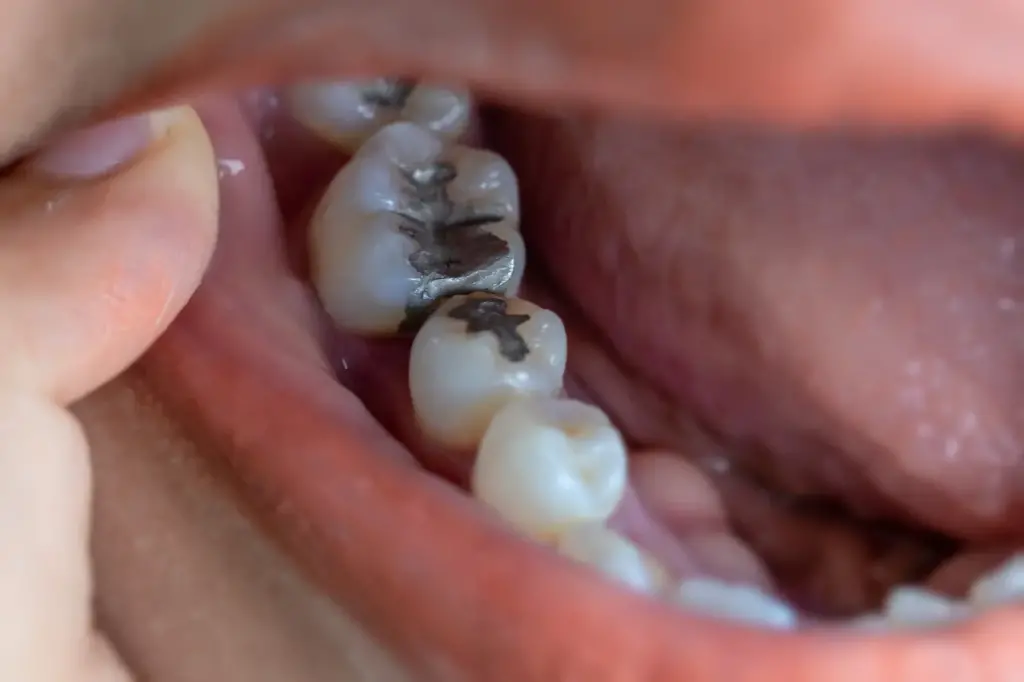
Conclusion
The development of dental fillings is evidence of human inventiveness and persistence in the quest for oral health. Innovation and improvement have characterized the transition from the antiquated practices of ancient civilizations to the sophisticated materials and procedures of the modern period. Dental fillings of today prioritize durability, biocompatibility, and aesthetics in addition to restoring teeth. We may expect more advancements in dental restoration as technology develops, guaranteeing that people everywhere receive efficient and comfortable treatment for cavities and dental decay. For centuries, dental fillings have evolved from simple treatments to essential elements of complete oral hygiene, helping countless people maintain their smiles and general health.

